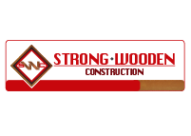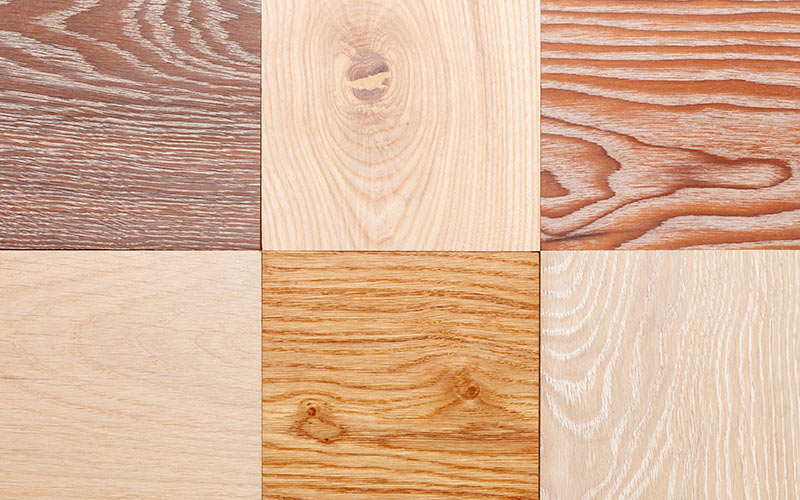You’d think lumber would be simple; it’s just going and buying a piece of wood, right? But it’s surprisingly complex. There are so many choices that, even with a supply list in hand, I often find myself wandering the lumber section at the home improvement store for 20 minutes trying to figure out which pieces of wood I should buy.
Wood flooring comes in dozens of styles and sizes, but there are only two basic types: solid wood and engineered wood. Traditional solid-wood flooring is exactly what you’d expect: Each floorboard is milled from a piece of solid wood. Engineered wood flooring is an all-wood, laminated plank that’s manufactured from pieces of wood.
Solid-Wood Flooring
Solid-wood flooring is commonly available in narrow strips, wide planks, and parquet squares. Strip flooring is the most popular and traditional of all wood floors, and the strips you can buy measure between 1-1/2 and 3 inches wide. Planks range from about 3 to 7 inches wide and are often installed in larger rooms and wide-open spaces. Parquet flooring comes in preassembled tiles or it’s custom-made from individual wood strips. Parquet is ideal for creating eye-catching geometric shapes, weaves, and herringbone patterns. All three flooring styles come unfinished or prefinished and in thicknesses ranging from 5/16 to 3/4 inch.
Many homeowners choose traditional, unfinished hardwood-strip flooring in either red oak or maple because it’s affordable, attractive, and they can choose the stain color or leave it natural. However, unfinished wood requires sanding, staining (if desired), and a clear topcoat finish.
Engineered-Wood Flooring
Engineered-wood flooring was introduced to North America in the mid-1980s and quickly became the most popular type of do-it-yourself wood floor. It’s composed of three or more wood layers glued together into long planks, with a top layer composed of a thin solid-wood veneer. This laminated construction creates a floor that’s much more dimensionally stable than solid-wood flooring, so it’s less likely to cup, split, shrink, or warp. There are more than two dozen wood species to choose from, including both softwood and hardwood.
Most engineered-wood planks measure between 3 and 7 inches wide and are 7 and 8 feet long. They range in thickness from about 3/8 inch to 3/4 inch. And although a vast majority of engineered-wood flooring comes prefinished, in some parts of the country you can find unfinished planks.
When shopping for engineered wood flooring, be sure the top veneer is at least 1/8 inch thick, which will allow sanding and refinishing if necessary.
The reason DIYers love engineered-wood flooring is that the planks snap together and “float” over a thin foam-rubber underlayment. There’s no nailing or gluing, so installation is quick and neat. Plus, the planks can be laid directly over most existing floors, as long as the surface is hard, flat, and in sound condition.

